World Fine Art Professionals and their Key-Pieces, 509 - Liza Lin
World Fine Art Professionals and their Key-Pieces, 509 – Liza Lin
115 members of the department of Visual Arts/Design & Architecture showed their work in the first exhibition of The Hague Art Circle (Haagse Kunstkring) in the year 2025. One of the artists was Liza Lin, with work in classical Chinese style. I recently spoke to her about her work in cafe-restaurant Vascobelo, around the corner from The Hague Art Circle.
Liza paints landscapes, flowers, lion dance and cats, people in traditional clothing and not to forget the Buddha in classical Chinese style with a classical brush technique. That style has existed for 3000 years and is still very appealing, she says. “For ten years, young people have been dressing up in traditional clothing again. That clothing is called Hanfu. The clothing (fu) of the Han Chinese. It is a symbol of authentic Chinese culture.”
Liza has been living outside of China since 2019 and ended up in the Netherlands. “I started meeting Dutch people. They don’t know much about Chinese art. I had to explain it and started teaching to introduce Dutch people to Chinese art.”
Gongbi, Xieyi and Mogu
She explains some important concepts of Chinese painting:
Gongbi is a meticulously realistic technique in Chinese painting. Her work in the Art Circle was in this style. Liza: “I saw people doubting, is this a painting? They think it’s a print. It’s too perfect. You have to make layers, like with oil paint. It takes a long time. We don’t use oil, we use water, mixed with animal bone glue. Goedman, the Hague art supply store, has it. It’s a natural material, made from plants. Chinese colours and Chinese ink almost always come from nature.” On her phone she shows her website with paintings mostly in this technique.
Xieyi is the opposite of Gongbi. Xie means writing and Yi means the meaning. Xieyi tries to capture the spirit (of people, of animals). It uses many techniques of calligraphy which is done very quickly, it requires a very long experience. “Half of it is your work, half of it is the material doing its work. It is all on Xuan paper (made of tree skin or bamboo). Sumi e is the Japanese name, but it originally comes from China, where it is called Shui mo, also meaning water ink.”
Mogu is somewhere in between. Shapes made without ink line and color washes rather than contours. It literally means ‘boneless’. “You use Xuan paper with alum powder and bone glue.”
Liza paints in all three styles. She learned it from her father. Her father is a calligrapher and artist in China. “You have to master calligraphy first. To improve your technique, you have to practice calligraphy every day.” She is currently working on a Lion Dance for the upcoming Chinese New Year. She has painted a Lucky Cat for the children.
The Year of the Snake
A painting is a gift for herself, she says. “Plus for the class with painting students. At the NIO House in Rotterdam she gives regular workshops in calligraphy and painting. Now she often makes the snake, because the new Chinese year is the year of the Snake. “A snake is a small dragon.” She also teaches at the Public Library of The Hague (central branch) for four weeks and the Volksuniversiteit Den Haag. That course is for adults and starts in March 2025.
She drew Van Gogh and also the Girl with the Pearl Earring on white ‘shrump paper’. She shows it on her phone. She says that the Chinese characters developed from images. Chinese people look at the picture of a character and then see which meaning it has. A roof is a house etc. “The Chinese language has 4000 characters, but if you know 2000, it is enough to use it.”
Does Liza have a key work?
She does. It’s called ‘The Thousand Hands of Buddha’ and she made it in 2024. “Made with the Gongbi technique on raw xuan paper. In the beginning it’s quite difficult, but I made it a bit easier by painting two/three layers. When you mix the colors you have to control the amount of water in the brush. That’s a challenge. I master that because my technique is good enough.”
How long has Liza been an artist?
“Since I came to the Netherlands. Before that I was a designer. My father is a painter and calligrapher. He is part of four generations of famous artists. The first, four generations ago, was Wu Chang Shuo (1844 – 1927). He wrote poetry himself and was the founder of a calligraphy style, painted, and was a master of seal cutting.” She shows a work of his with a stamp in the work. “He was a master in four areas. Almost every museum in China on the east coast has his art.”
The line
Most paintings in China have a traditional representation, she says. “It’s not just about painting, it’s also about looking at the work. Western art is exciting and shocking. Chinese art gives you peace, both during the making and for the viewer. You connect with your memory and you calm down. It has to do with Tao, Taoism is about how to act in life and becoming one with Tao. Tao, follow nature, is healthier for you. Chinese art is the art of the line. In the West, it’s more about 3D and light. The line has to be stable. You really have to concentrate.”
Education
“I learned most from my father. When I was eight, he taught me the elements of calligraphy. If you are good at calligraphy, you have the basics of painting. When I was 16, I went to the Art Academy. After four exams, I had to choose a direction, I chose interior design. After that, I went to the Construction College in Shanghai, the Shanghai Institute of Architecture and Civil Engineering. I did interior design for four years. Then I went to the Academy of Fine Arts in Shanghai, which was affiliated with the University. I did environmental art design there for three years. After that, I worked for 15 years. Every day I sat behind the computer for 14 hours, I got a bit tired of that. Then I had a good idea: ‘I’m going to become an artist’. I moved to the Netherlands with my 5-year-old son. My husband is a Dutch designer. The Netherlands is better for children, it is more playful and cheerful here.”
Explaining Chinese art
Her mission is to promote Chinese painting. “I don’t want to follow fashion. I let the Dutch people get to know Chinese art. I teach them, among other things, which calligraphy is suitable for which type of painting. I teach them how to do it quickly and correctly. They seem to be very happy with it.”
She also does combined tea ceremony and calligraphy meetings, sometimes an instrument plays a role, sometimes incense. She shows a poster of a Dutch film festival in seven cities in China (Beijing, Shanghai, Guangzhou, Shenzhen, Chengdu, Nanjing, XiaMen) for which she did the calligraphy.
She went to many museums in the Netherlands and discovered various artists. “I also like Western art. I immediately feel what some classical painters with oil paint work want to tell me. I also like modern art. You are only a good artist if you master the craft and have personality in your work.”
Finally, what is her philosophy?
“Follow your heart when you paint. I feel myself disappearing when I do calligraphy or painting. I don’t think about myself anymore. I become everything.”
Images
1)xie yi lion dance red, 2) xie yi lion dance purple, 3) mogu red chrysanthemum, 4) mogu purple chrysanthemum, 5) gong bi – buddha guanyin, 6) gong bi god of wealth, 7) gong bi crape myrtle, 8) calligraphy loong (dragon), 9) gong bi begonia butterfly, 10) 1000 hands Buddha, Liza Lin at work.
https://www.poeticink.nl/
https://www.instagram.com/liza_poeticink.nl/
https://haagsekunstkring.nl/activiteiten/115-leden-van-de-afdeling-beeldende-kunst-en-design-en-architectuur-tonen-hun-meest-recente-werk/
https://inzaken.eu/2025/01/30/liza-lin-ik-voel-me-mezelf-verdwijnen-als-ik-kalligrafeer-of-schilder/
Disclaimer: The views, opinions and positions expressed within this guest article are those of the author Walter van Teeffelen alone and do not represent those of the Marbella Marbella website. The accuracy, completeness and validity of any statements made within this article are not guaranteed. We accept no liability for any errors, omissions or representations. The copyright of this content belongs to Walter van Teeffelen and any liability with regards to infringement of intellectual property rights remains with the author.

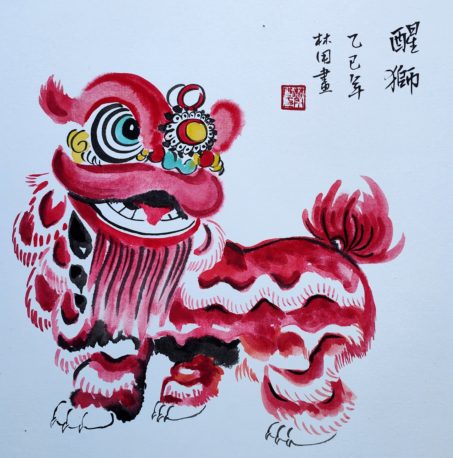
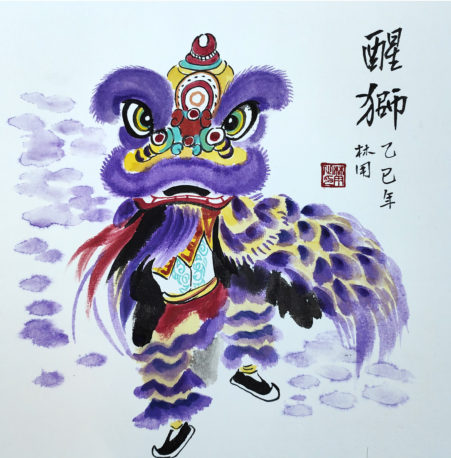


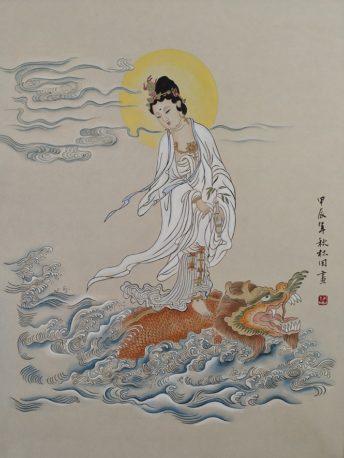
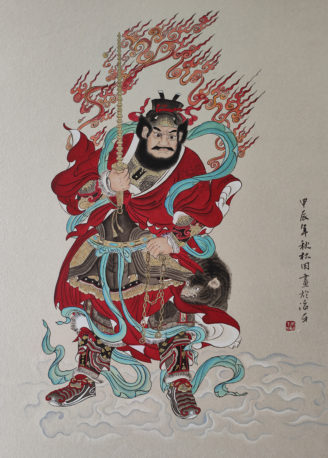
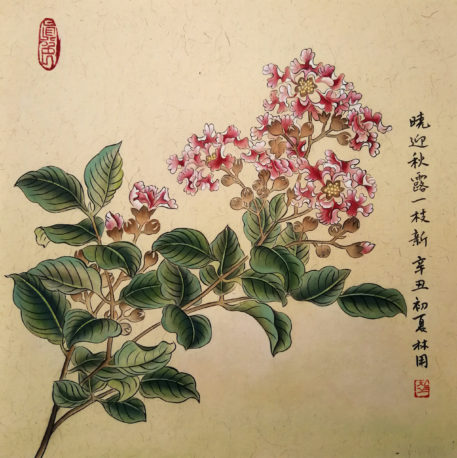
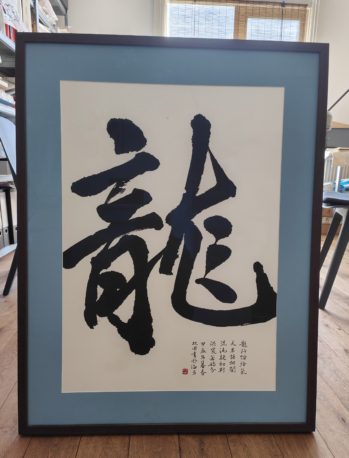

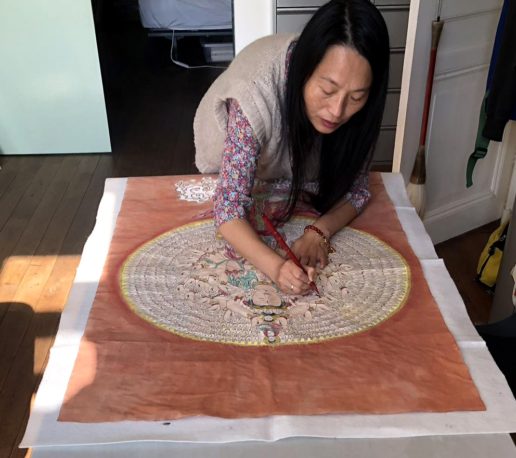
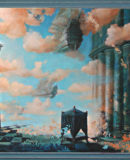













The opinions expressed by individual commentators and contributors do not necessarily constitute this website's position on the particular topic.